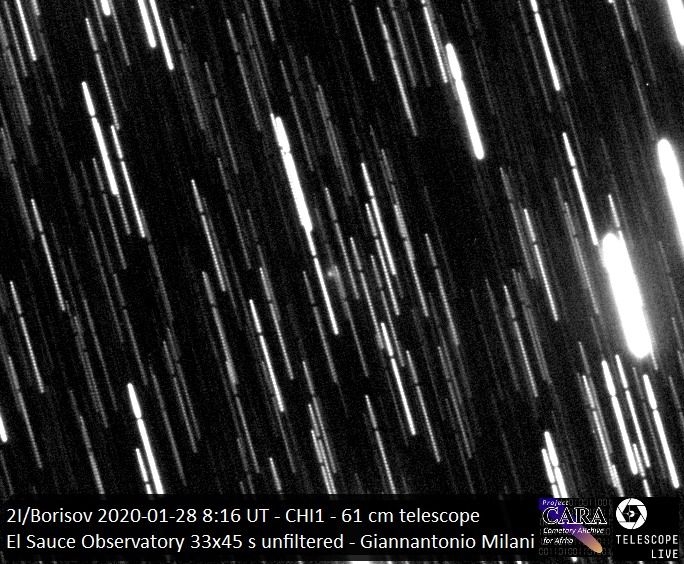Farewell comet 2I/Borisov
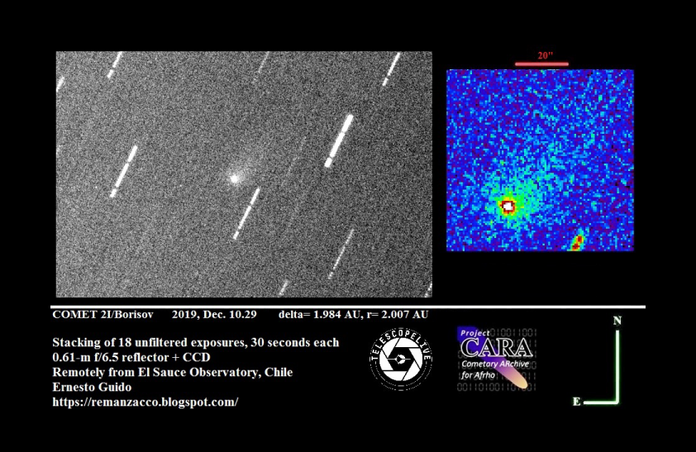
Fig 1 Comet 2I/Borisov on December 10, 2019 taken with the CHI1 Telescope, El Sauce Observatory.
Since Isaac Newton explained the motion of the planets around the Sun, there was a heated debate around the nature of comets. Their movement that departs so markedly from that of the planets, on orbits randomly oriented, suggests that they could have an interstellar origin.
We now are aware that things are a bit different, and most observed comets are a remnant of the Solar System formation. Their study is precious to investigate the planetary composition and on the origin of life on Earth. But we also know that comets coming from the outer space were long overdue as all modern theories predict that a large number of small bodies populate the interstellar space. One observational limit is that the probability of having a close encounter with Earth is low, but it was only a matter of time.
Surprisingly in two years the apparition of two extrasolar objects broke this long wait: 1I/’Oumuamua, classified as an asteroid, and 2I/Borisov a small comet. Two samples of small alien bodies!
As soon as the extrasolar nature of comet Borisov was explicit, it polarized the attention of the astronomical community worldwide. The comet was not well placed for observations, and it was not bright. It was very soon apparent that it could not brighten more than magnitude 15-16 at perihelion. But It was also a unique opportunity, and the CARA Project, a European network of advanced amateur astronomers, ran a specific observing campaign immediately to monitor the behaviour of this alien visitor. It was not an easy task for small size instruments, but a large number of observations were obtained with telescopes ranging from 30 to 80 cm aperture. We made a great effort to get images good enough for our research plan.
Because of bad weather conditions and technical issues comet Borisov could not be observable from the Telescope Live Network until December 2019, when it moved toward Southern declinations and became a good target for the 60 cm CHI1 telescope at El Sauce Observatory. This telescope was particularly well suited for monitoring the comet having a very good optical performance with an optimal 0.62”/pixel image scale, and being equipped with a complete filter setup and a high quality CCD camera. Furthermore the El Sauce Observatory site granted a perfect dark sky with good seeing and clear sky over most nights during the year. Erik Bryssink, Ernesto Guido and I planned immediately several observations to extend the survey on the comet.
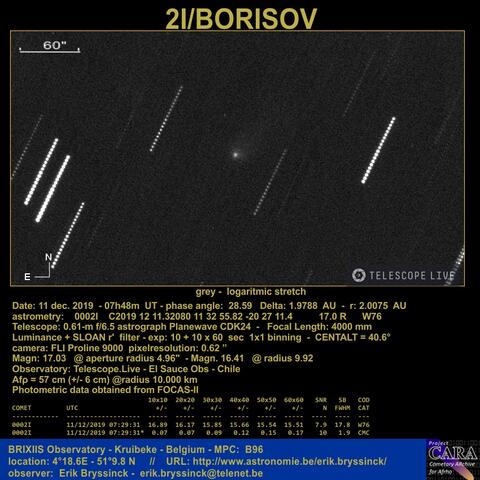
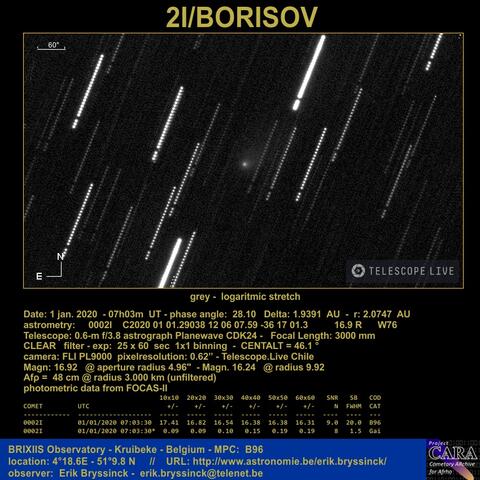
It was effortless to place the observing requests on the Telescope Live platform as well to access the images for download in a short time after the observing run. These observations proved very important to monitor the comet after perihelion, while it was receding from the Sun and was no more observable from the Northern hemisphere.
The goal was to get photometric measurements to be related to the dust production rate of the comet through the Af[rho] quantity. An impressive result was that the dust production rate appeared nearly constant during the five months of monitoring, with only a possible slight fading trend.
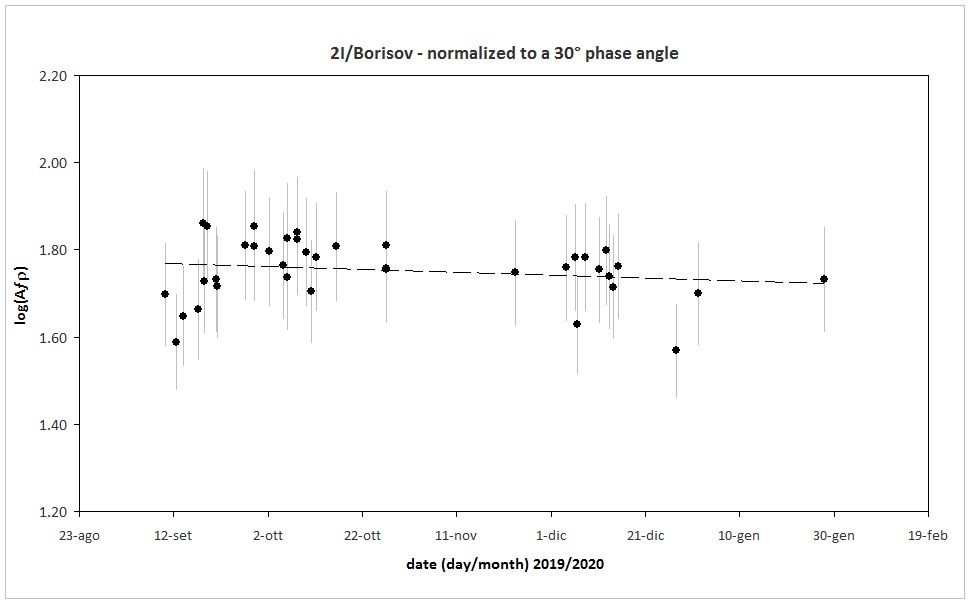
This data was eventually entered into a professional paper by Gabriele Cremonese (INAF, Padua Astronomical Observatory) and Marco Fulle (INAF, Trieste Astronomical Observatory) and collaborators, based on deep accurate images and spectra obtained at the 3.58m TNG (Telescopio Nazionale Galileo) Island of San Miguel de La Palma. Our data helped to constraint the results in order to build a detailed model of the dust environment of the first observed extrasolar comet.
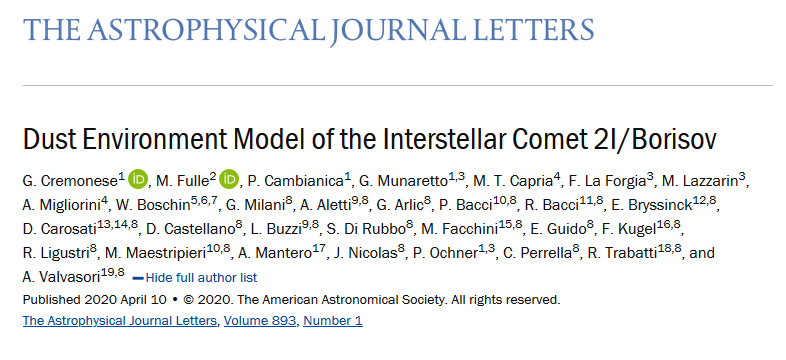
A great success and a relevant result on the first extrasolar comet where Telescope Live contributed to extend the monitoring while the comet was fading away. And also to CHI1 to give our last farewell to comet Borisov while it was turning away again toward the interstellar space.
